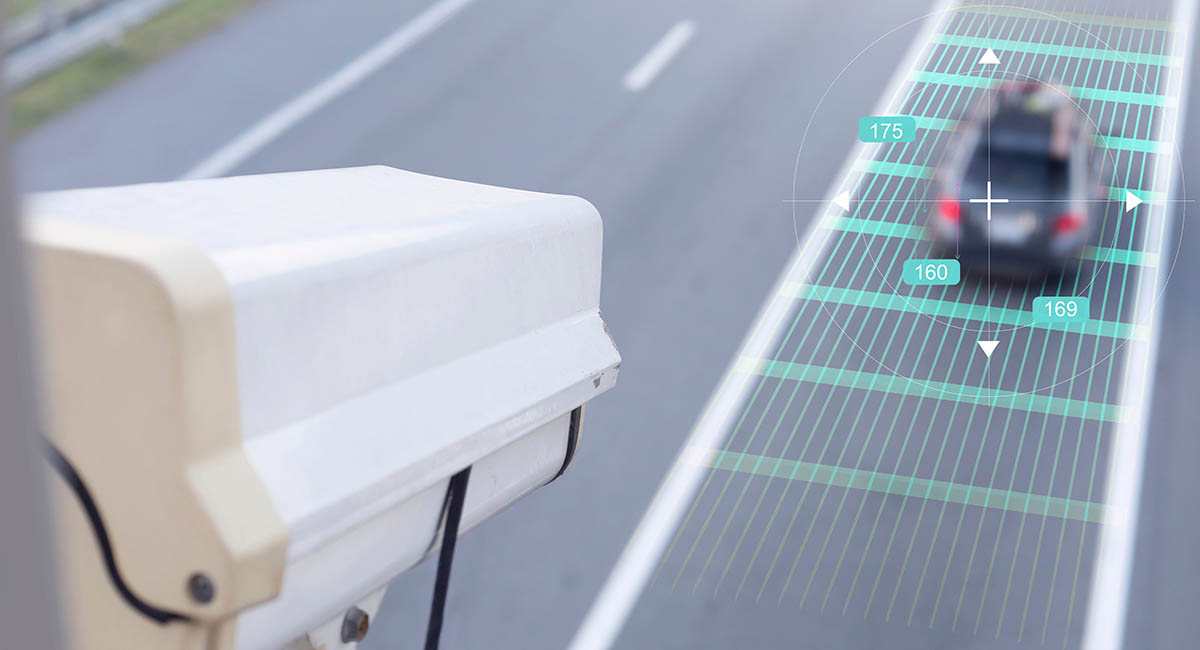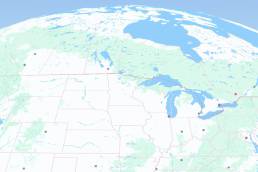In today’s fast-paced digital world, mapping applications have become indispensable. From navigation services to location-based solutions, they empower both users and businesses. However, with this growing reliance on mapping software comes an increased focus on user privacy. Developers face the challenge of building feature-rich applications while ensuring data security and respecting user privacy. This is particularly relevant as companies such as HERE Technologies, a leader in mapping and location services, prioritize data privacy without compromising on innovation.
In this blog, we explore how to create powerful mapping applications while adhering to privacy standards, discussing best practices like data minimization, anonymization, and encryption.
Understanding the Privacy-Functionality Balance
Building a feature-rich mapping application involves collecting and processing vast amounts of user data, such as location, usage patterns, and behavioral insights. This data helps to enhance app functionalities like real-time traffic updates, location-based suggestions, and personalized routes. However, this collection process can also expose users to privacy risks.
To mitigate these risks, it is vital to strike the right balance between functionality and privacy. This means adopting a privacy-by-design approach, integrating privacy practices into every stage of the development process.
Key Privacy Considerations in Mapping Applications
1. Data Minimization
Data minimization refers to limiting the amount of personal data collected from users to what is strictly necessary for the application to function. For example, mapping apps should only gather location data relevant to a user’s current request, such as navigation, without constantly tracking the user. HERE Technologies, for instance, emphasizes minimizing the collection of identifiable user information.
Implementation Tips:
-
- Avoid collecting continuous location data unless absolutely necessary.
- Allow users to specify the granularity of the location data they share (e.g., city-level vs. exact coordinates).
- Build features that work with non-personalized data, such as anonymous traffic pattern collection.
2. Anonymization
Anonymization involves stripping away personally identifiable information (PII) from the data, ensuring that individuals cannot be identified. This is a crucial technique to protect user identity while still utilizing data for useful analytics and features.
Implementation Tips:
-
- Use anonymization techniques such as data masking, generalization, and aggregation.
- Periodically review and delete unnecessary user data that has already been anonymized.
- Ensure that the data collected for location-based features is stored in aggregate form, so it can be used without being tied to individual users.
HERE Technologies employs anonymization to handle sensitive data responsibly, ensuring privacy while offering high-quality mapping services like live traffic updates.
3. Encryption
Encryption is the process of encoding data to make it unreadable to unauthorized users. This ensures that even if data is intercepted, it remains protected. Encrypting location data and user information is critical in preventing data breaches and unauthorized access.
Implementation Tips:
-
- Use end-to-end encryption to secure user data from the point of collection to the server.
- Implement strong encryption algorithms like AES (Advanced Encryption Standard) for both data at rest and data in transit.
- Regularly update and patch encryption protocols to guard against new vulnerabilities.
HERE Technologies is known for implementing robust encryption methods to safeguard data, both in transit and at rest, ensuring a secure user experience across its mapping solutions.
Best Practices for Privacy-Centric Mapping Software
1. Transparency and Control
Users should be informed about what data is being collected, how it is used, and whom it is shared with. Offering clear privacy policies and providing users with control over their data (such as opting in or out of data collection) builds trust. Additionally, including privacy dashboards or user-friendly settings that allow users to customize their data-sharing preferences is a good practice.
Example: HERE Technologies provides users with clear and concise explanations of their data practices and offers opt-in features for personalized services, ensuring transparency.
2. Regular Privacy Audits
Conducting regular privacy audits is vital to identify potential vulnerabilities and ensure compliance with data protection regulations like GDPR. Developers should routinely assess the security and privacy protocols within their apps to keep up with evolving threats and regulatory requirements.
Example: HERE Technologies often updates its data policies to comply with global privacy standards and conducts internal audits to maintain strong privacy controls.
3. User-Friendly Data Permissions
Users should be able to easily manage and understand permissions in the app. Offering clear options for allowing or denying specific data collection processes—such as sharing location while using the app, or at all times—can help reduce unnecessary data access.
Implementation Tips:
-
- Provide intuitive toggles or options for permissions.
- Default to minimal permissions required for app functionality, with options for expanded access if users agree.
- Use contextual prompts to request location access only when needed.
Conclusion
Creating feature-rich mapping applications that also respect user privacy requires a thoughtful approach. By implementing data minimization, anonymization, and encryption, developers can safeguard user data without compromising on functionality. Companies like HERE Technologies set a strong example by integrating privacy-by-design principles into their offerings, ensuring that users can navigate with confidence. By prioritizing transparency, conducting regular audits, and offering user-friendly permissions, mapping applications can provide both powerful features and a secure, privacy-focused experience.
Local Eyes is one of Europe’s leading providers of location intelligence and data solutions, as well as the Netherlands’ main reseller and integrator of HERE Maps and other route optimization tools.
If you’re interested in learning more about mapping applications while adhering to privacy standards or would like a free trial of HERE Maps, get in touch with Local Eyes today to learn about how you can take back control of your fleet.






